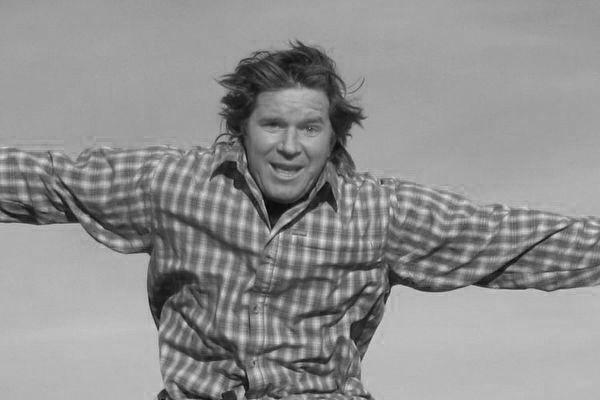
 Fred Williams
Brand Manager, Petersen’s 4Wheel & Off Road
Fred Williams
Brand Manager, Petersen’s 4Wheel & Off Road
An object in motion tends to stay in motion, and the more mass the object has the more it tends to stay in motion. This is why we upgraded the flywheel on a four-cylinder Jeep YJ Wrangler with a heavier one, to help keep it spinning.

The Wrangler four-cylinders are everywhere these days, and for dirt-cheap (or at least cheaper than their grunty six-banger brethren) the tough little 2.5L engines offer a great platform for a beginner 4x4. However, when you really lug these engines down off-road they can stall and stumble if not adequately geared for big tires.
We took a ’95 YJ to Tri-County Gear, where they offer a flywheel weight specifically for the Jeep 2.5L. This added weight is designed to give the thrifty 2.5L extra grunt, as the spinning mass helps keep the engine chugging along when down low in the rpm’s.
 The Jeep 2.5L engine was only rated at about 120 hp and 130-some lb-ft of torque, but when under the hood of a stock Jeep YJ or TJ it works reasonably well. Bigger tires sap that power, as do heavy accessories like bumpers and winches.
The Jeep 2.5L engine was only rated at about 120 hp and 130-some lb-ft of torque, but when under the hood of a stock Jeep YJ or TJ it works reasonably well. Bigger tires sap that power, as do heavy accessories like bumpers and winches.
Is It Different?
Our YJ project is a major back-burner build: a little here, and then it sits for months, then a little there as time and money allows. As such, we’re still not wheeling it regularly. However, our back-40 testing has been nothing but grins with the new heavier flywheel. The Jeep is a little tractor, idling up and through ditches where it used to require plenty of clutch slipping. The added weight isn’t even noticed on acceleration, a concern we had. We’re always interested in lower gearing, and to do it again we’d consider and upgrade to an old granny gearbox like an SM420, or 465 for strength and crawl control. However those boxes add weight, so we’ll run the AX5 until it blows (not uncommon).





